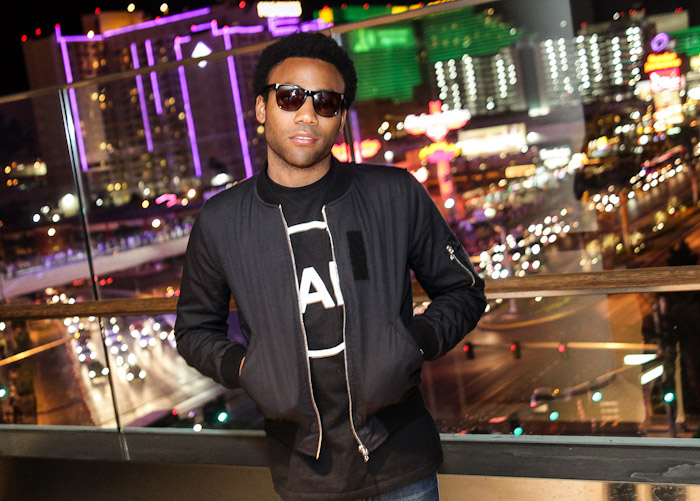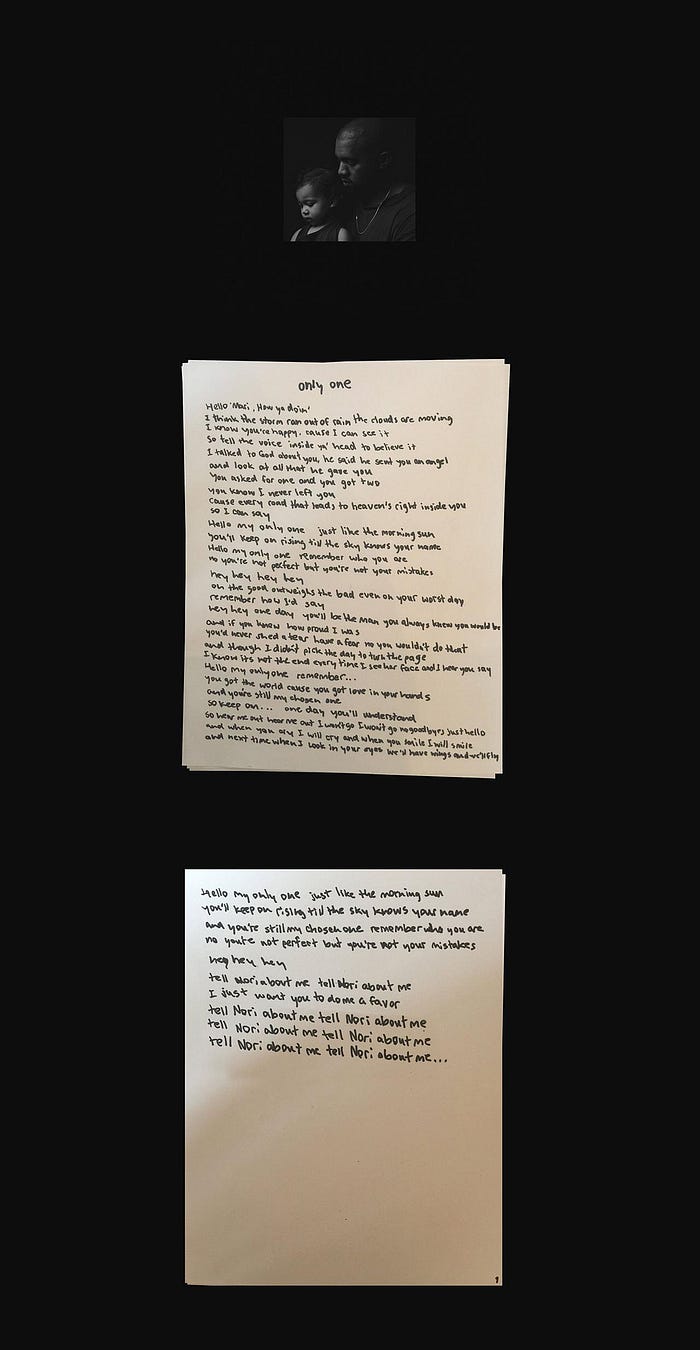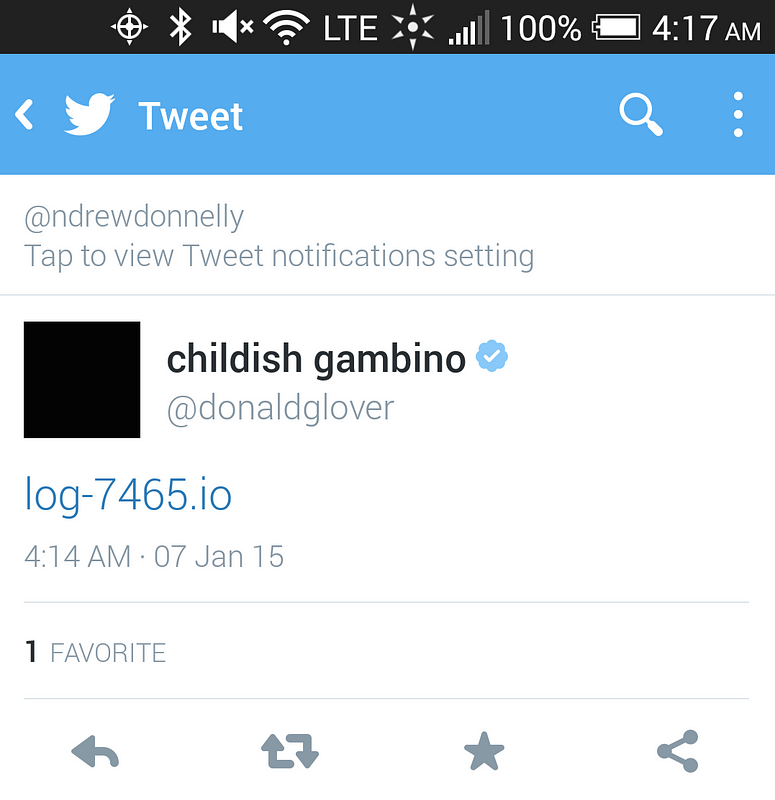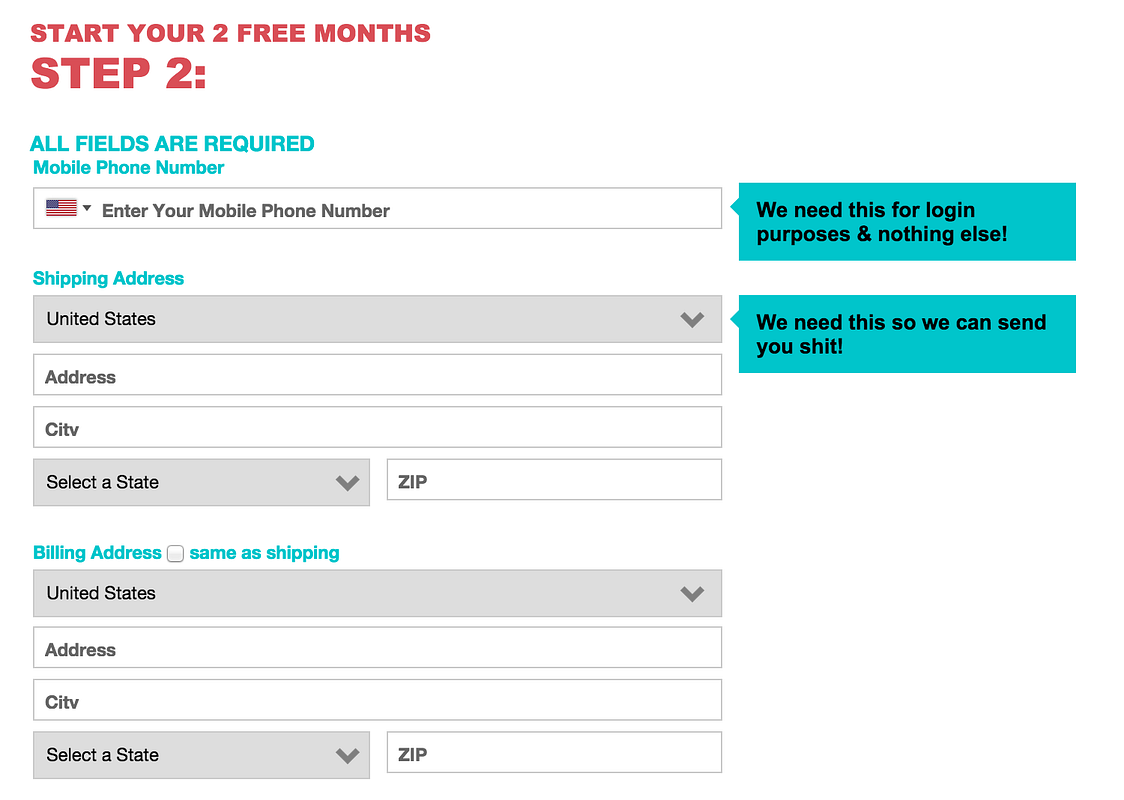
When Monocle founder Tyler Brûlé declared his lack of interest in social media in 2013, he critiqued it for making everything too accessible. Brands couldn’t build their mystique. It was a valid point at the time.
Nonetheless, musicians have figured out their own ways to build mystique on these platforms. Even the most mysterious musicians, like The Weeknd (famous for not doing interviews), use social media to further their enigmatic personas. That’s just one example of how musicians can be pioneers when it comes to marketing and branding.
While I’m far from the most informed hip-hop head, I consider myself a huge fan of the art. I also work with companies on their content marketing and strategies. So naturally, I love watching how musicians use the web to command attention.
Here are some interesting techniques that I’ve seen musicians execute on in recent months:
The Single-Purpose Website
Throughout the past several years, Kanye West’s website has gone through several metamorphoses. Several years ago, his website had a pretty standard setup. In 2007, it was the home of KanyeUniverseCity, a blog any hypebeast will fondly remember. Its 2010 redesign looked awesome, but it was short-lived. (BTW, these links require a bit of patience; Archive.org takes time to load, but is usually reliable.)

Like many marketers today, West started collecting emails when he launched his free GOOD Fridays series, prior to the release of his fifth solo album, My Beautiful Dark Twisted Fantasy.
The latest iterations of his site are extremely different from what most of us are used to. He doesn’t have a blog and he doesn’t collect any email addresses. Instead of having one site that organizes and accommodates his growing body of work (e.g., his fashion ventures, press coverage, accolades, etc.), he has multiple websites — each of which focuses on one aspect of his work. Each of them are very simple.
A few months ago, his homepage featured his new single with Paul McCartney, titled “Only One.” There was nothing on the page except a YouTube video and images of the lyrics written in handwriting. At the time of writing, his homepage features his latest single and video, “All Day.”

Because Kanye’s sites are so focused, he naturally has more than one. His fashion site, yeezy.supply, features a countdown (more on this tactic in a sec) and a background video. It was on this site that Kanye built hype for his recent collaboration with Adidas. The fashion show was even live-streamed to theaters.
In an age when each webpage has dozens of calls to action (CTAs — e.g., subscribe here, pre-order this, check out this snippet), single-purpose websites cut through the noise. The audience knows exactly what the artist wants them to do. Users give the action their complete attention, even if just for a few moments.
As many of our sites grow more complex and convoluted, I think we’re going to see more forward-thinking musicians and brands spread their messages and initiatives across several single-purpose sites (different from “microsites”). More than ever, marketers — whether in entertainment, branding, or some other vertical — will segment content to focused audiences (similar to how apps are unbundling features — Facebook decoupling its Messenger app, Path building Kong, etc.). Instead of having one URL point to one static site built on WordPress or another sort of CMS, that URL will point to different, focused, single-purpose webpages with their own domain names. Speaking of URLs…
Malleable and Disposable URLs
We know URLs to be permanent bridges to online destinations. Permanent URLs are much better for a website’s search value. However, you can use a unique URL to build buzz prior to a launch or to amplify more relevant marketing initiatives.
Childish Gambino is the master of the Tweet and quick delete. This forces fans to screenshot his feed and speculate on what’s going on (check out this Reddit thread). A Tweet becomes more than just that: It becomes a news event. (That’s probably for the better, considering how little traffic actually comes from a Tweet.)
For example, he tweeted this URL, and then quickly deleted it. http://log-7465.io

What a weird URL. It’s mysterious. It doesn’t seem to mean much, but it definitely provokes curiosity. It builds anticipation.
When Gambino first tweeted it, it led to a website that had a countdown timer, similar to Kanye’s Yeezy.supply. Fans couldn’t wait. They screenshotted it and posted it to Reddit and other forums and communities. There was a lot of speculation as to what Childish would be releasing.
Once that timer reached zero, the URL redirected to his music video for his single, “Sober.” It still does. I would be interested — but not surprised — to see it redirect somewhere else, again.
[protected-iframe id=”b07421754e550afe0e7d8dd60319155a-35584880-75321627″ info=”https://www.youtube.com/embed/jx96Twg-Aew” width=”560″ height=”315″ frameborder=”0″ allowfullscreen=””]
Similarly, shortly after the launch of Kanye’s Adidas Yeezy Boost 750, a pair of limited edition high-top sneakers, one of his agency’s designers tweeted this link, http://yeezyboost.supply, and told folks to keep their eyes peeled for it. At the moment, it redirects to this YouTube video. Curious.
[protected-iframe id=”b56189adb23bda90957cbdc5f1b4d152-35584880-75321627″ info=”https://www.youtube.com/embed/1cj_6Ed6fjY” width=”560″ height=”315″ frameborder=”0″ allowfullscreen=””]
Malleable URLs could be a tactic to build momentum for artists, new tracks, snippets, or projects. Similarly, I can see brands or B2B companies using the URL tactic to drive traffic towards new blog posts or timeless pieces of content, especially ones they’ve invested significant development or design resources into.
(On a related note, check out how Childish Gambino rolled out his secret track.)
Integrate Data Collection into Content
It’s easy to go through the motions of data collection. You might set up a quick opt-in box for your mailing list on a blog sidebar. You might write, “Sign up for our free newsletter.”
If you’re feeling really ambitious, maybe you’ll also toss up a free eBook or whitepaper. That’s gated content (similar to Kanye’s GOOD Fridays); a lot of musicians are giving away free mixtapes.
But some musicians bake data collection into the process their audience uses to acquire the content. Here are a couple of interesting examples:
Tyler, the Creator just announced that he’ll be launching a print magazine. You get the first two issues free, but you have to sign up. The sign up process involves sharing your email address, mobile number, and your physical address. And Tyler actually needs it: otherwise, he can’t send you the magazine! So if you’re a fan, you’ll have no problem sharing this information with him.

Similarly, Ryan Leslie frequently suggests that his fans connect with him on mobile. He regularly broadcasts his phone number (+1–915–600–6978) and collects the SMS and email data from anyone who texts him. He also set up a phonebook where fans can plug in their information. Ryan actually texts fans back, and has been known to do calls with them. (Disclaimer: I collaborate with Ryan Leslie and his technology startup, Disruptive Multimedia, on their marketing efforts.)
You’re not just tossing any ol’ fake number to him because he gated a mixtape or an album — you’re curious to see if he’ll text or call back. Instead of directing you to a landing page, Ryan will suggest that you text him to learn more about his new class. The data collection is baked into the content, and it encourages data of extremely high integrity.
(Conversely, think about how many people create and share dummy email accounts because they know they’ll receive your marketing emails. At the time of writing, Ryan’s initiative bolsters a 65 percent clickthrough rate and an 85 percent open rate.)
Keep Your Eye on Musicians and Marketing
The single-purpose website brings focus in an age where attention is scarce. Malleable URL’s direct, and re-direct, attention. Artists now recognize the importance of owning fan data, and are devising ways to obtain data while ensuring the information is of high integrity.
Herbert Lui helps build businesses and brands through content at his marketing agency, Wonder Shuttle. His work has appeared in HYPEBEAST, The Huffington Post, and Fast Company. He writes a newsletter that explores media, information, and marketing. You can connect with him on Twitter here.

